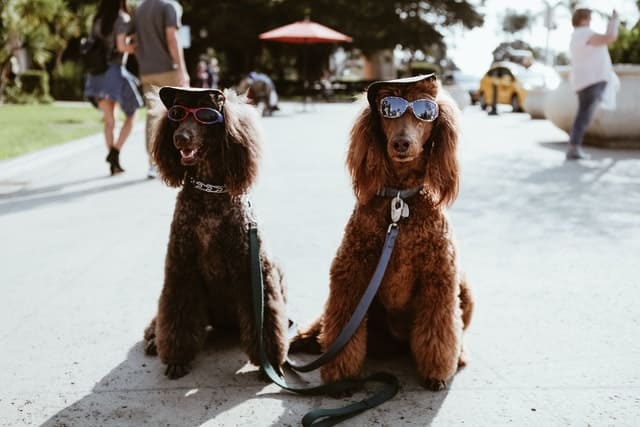
It is not always easy to recognize the breed of a dog, especially when there are many that resemble each other; moreover, sometimes a puppy can change a lot during growth, to the point of deceiving us.
Some breeds are easily identifiable, thanks to the fact that “everyone” knows them. There are others, however, which require a little more careful observation. In this article we will tell you how to recognize a dog’s breed and how you can make sure your pet is purebred.
How to recognize a dog’s breed
Some people decide to adopt a dog from a shelter without worrying about its history, while others prefer to bring home a dog that is 100% purebred. In the latter case it is necessary to be careful, because there are not a few owners who have been misled by a seller.
It may also happen that, since some breeds of dogs are similar to each other, it is difficult for us to understand which one the specimen we want to buy belongs to . To do this, it is not necessary to know all the dog breeds existing today, but it is enough to pay attention to some particular characteristics that interest us.
When dogs are still small, we can often mistake one breed for another. It is possible, in fact, that the specimen in question has the appearance of a purebred dog, while then, when it grows, we realize that it is not pure and that it no longer has those specific characteristics.
To recognize a dog’s breed, it is very important to pay attention to the following aspects.
1. Size, the first step in recognizing a dog’s breed
It can be toy , small, medium, large or giant. If, for example, you are looking for a Yorkshire terrier, a small dog, a larger dog will never be pure. As for the large breeds, you can observe the paws of the animal. Puppies with large legs are said to be destined to grow to “considerable” size.
2. The cloak
Even this feature is able to provide you with some indications that will make you understand whether or not you are in front of a purebred dog. The coat of dogs can be long, medium or short; hard or soft; smooth, curly or woolly.
In addition, you must also pay attention to the colors . Some breeds have a single shade (for example, the Samoyed is white and the Golden Retriever , on the other hand, is yellow), while others combine different colors (as in the case, for example, of the Cocker Spaniel, which can be white with spots. ).
3. The muzzle
This is another very important aspect of identifying a dog’s breed. While it is true that the size of the muzzle may vary as it grows, the shape will remain the same throughout life. For example, if you are looking for a bulldog, you should know that it is a brachycephalic, flat-nosed dog.
The muzzle can be short or elongated, puckered or square, depending on the breed in question. Greyhounds (such as the galgo español) have a long nose tip, while terriers have a large and powerful jaw.
4. The common characteristics
Dogs are divided into several groups and sections. In each of these “teams” we can find races with similar characteristics, even if the groupings can be classified according to origin or use.
Therefore, we consider in a distinct way the sheepdogs, the cattle dogs , the Pinschers or the Schnauzers, the molossers, the mountain dogs, the terriers, the Nordic, the spitz, the primitives, the hounds, the hunting dogs, the still, those of water, the greyhounds …
Knowing roughly the characteristics of the group we are interested in can help us when we need to recognize a particular breed (or, at least, one that resembles it). For example, the Bernese Mountain Dog, the Swiss Mountain Dog or the Appenzell Dog show remarkable physical similarities, with small variations affecting the thickness of the coat .
5. The pedigree
When you want to buy a purebred dog, to make sure it is a 100% pure specimen, you can ask the seller to show you his pedigree, a certificate issued by an official canine club in which the entire family tree is reported. of the animal.
The pedigree certifies that the dog is purebred and that all the representatives of previous generations have been. This document is very important and you must not lose it, because it will be useful in case you wish to cross your pet with another specimen of the same breed.
If, despite everything, you are not sure if your dog is purebred, you are left with the option of consulting a veterinarian. The professional will be able to observe the animal carefully and determine its characteristics. Some people take their dog to the doctor before buying it so that the doctor can check it and give their approval.






